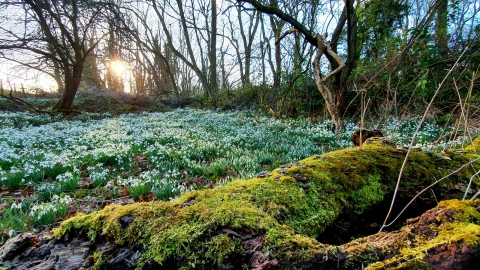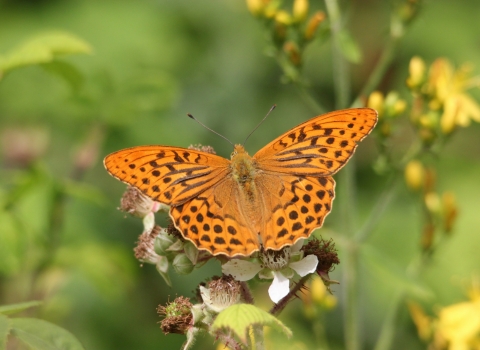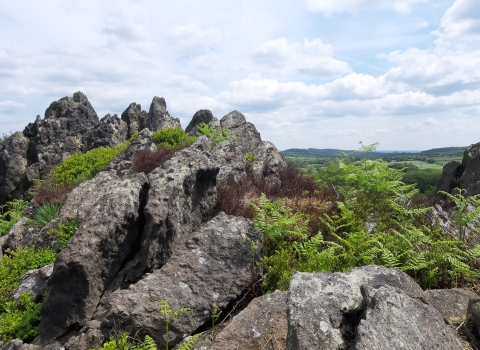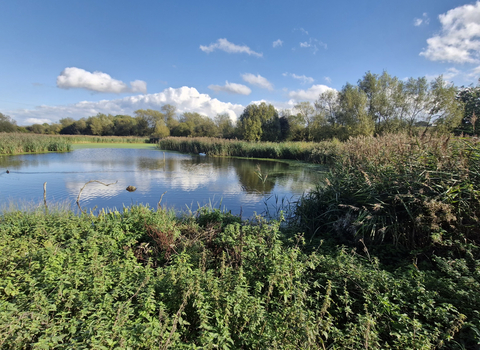Location
Know before you go
Dogs
When to visit
Opening times
Always openBest time to visit
SpringAbout the reserve
|
This reserve is well known for the spectacular display of snowdrops that appear in late winter and early spring. A visit to this special site is a must to enjoy the carpet of white that appears, giving hope that warmer times are on the way and spring is just around the corner. Depending on the weather, February and March can be the best time to experience this. And for an added bonus in March, you might be lucky enough to enjoy hares boxing in the fields. The mixed woodland is also great for birdlife, and, if you’re lucky, you might even spot deer! The large field to the south and east of the wood supports heath grassland plant species, including sheep's fescue and heath grass, with frequent heath bedstraw and harebell. Such a variety of plants supports a diverse insect population, which in turn draws in our more charismatic species. You might hear the yaffle of the green woodpecker as he bounds across the field; they make the most of the ants that thrive here. We make sure that we work with nature to keep this precious habitat in the best condition possible, by using grazing rather than fertilisers or chemicals. Almost all of the woodland part of the reserve has been affected by mineral exploitation. Limestone and lead mining took place for 200 years up to the end of the nineteenth century. The pools to the north of this tramway are flooded quarries. We are lucky to work with Severn Trent Water, who own this nature reserve. Staunton Harold Hall and Calke Abbey are very close to the reserve, and offer full facilities. Find out more Learn all about the natural history of the reserve here and our download our information booklet about the industrial heritage of the reserve here |
Contact us
Environmental designation
Reserve Map








